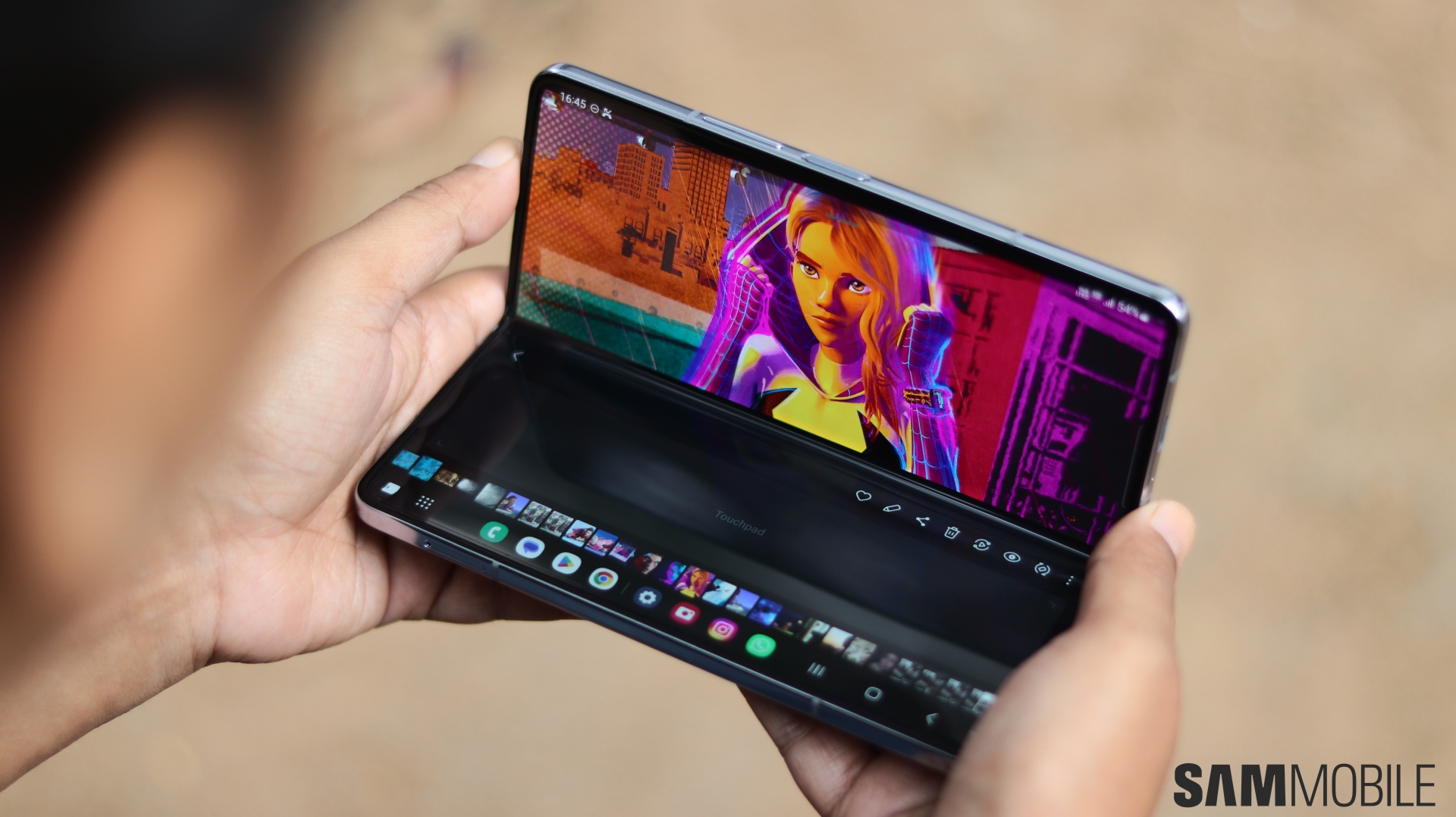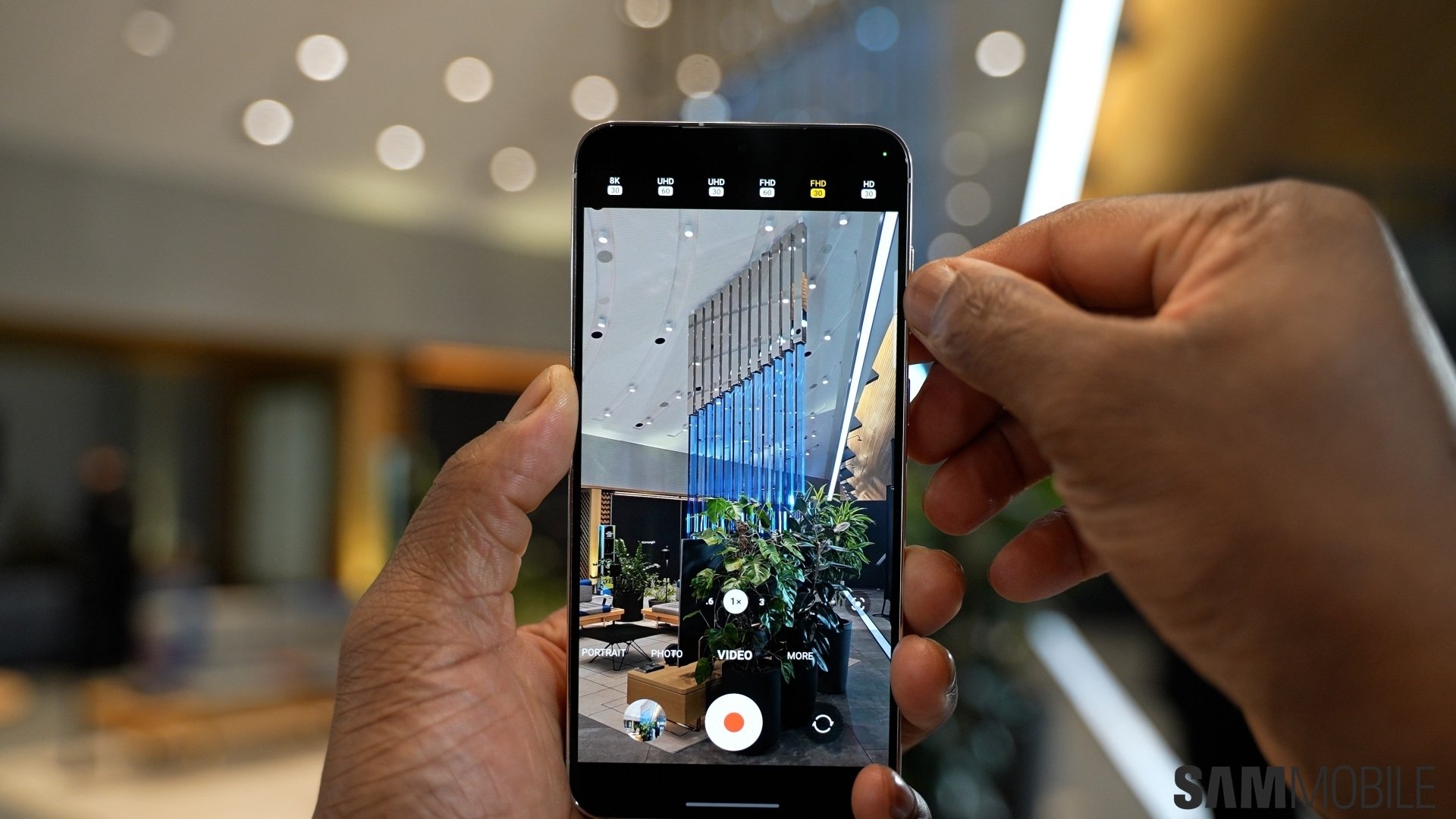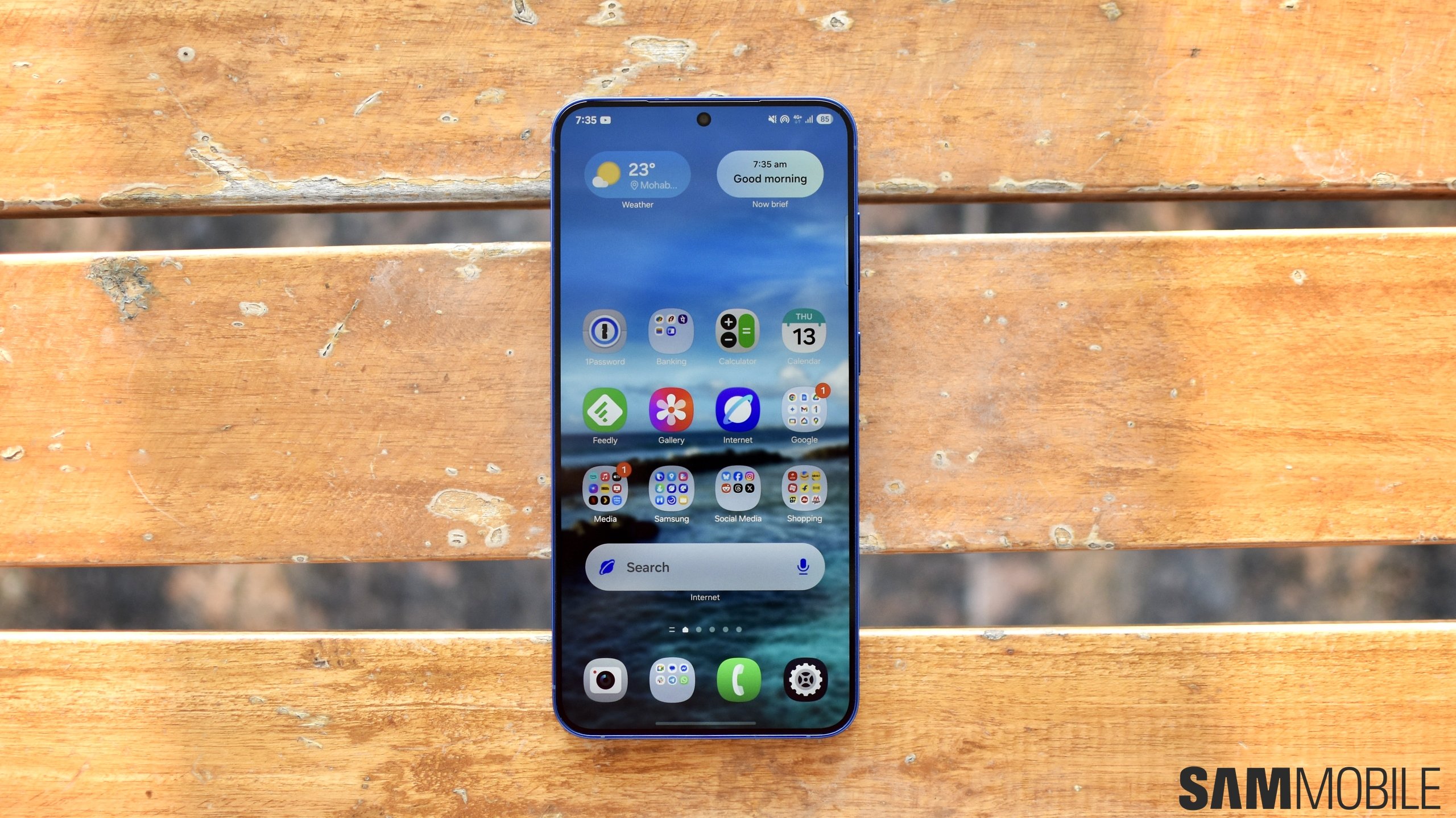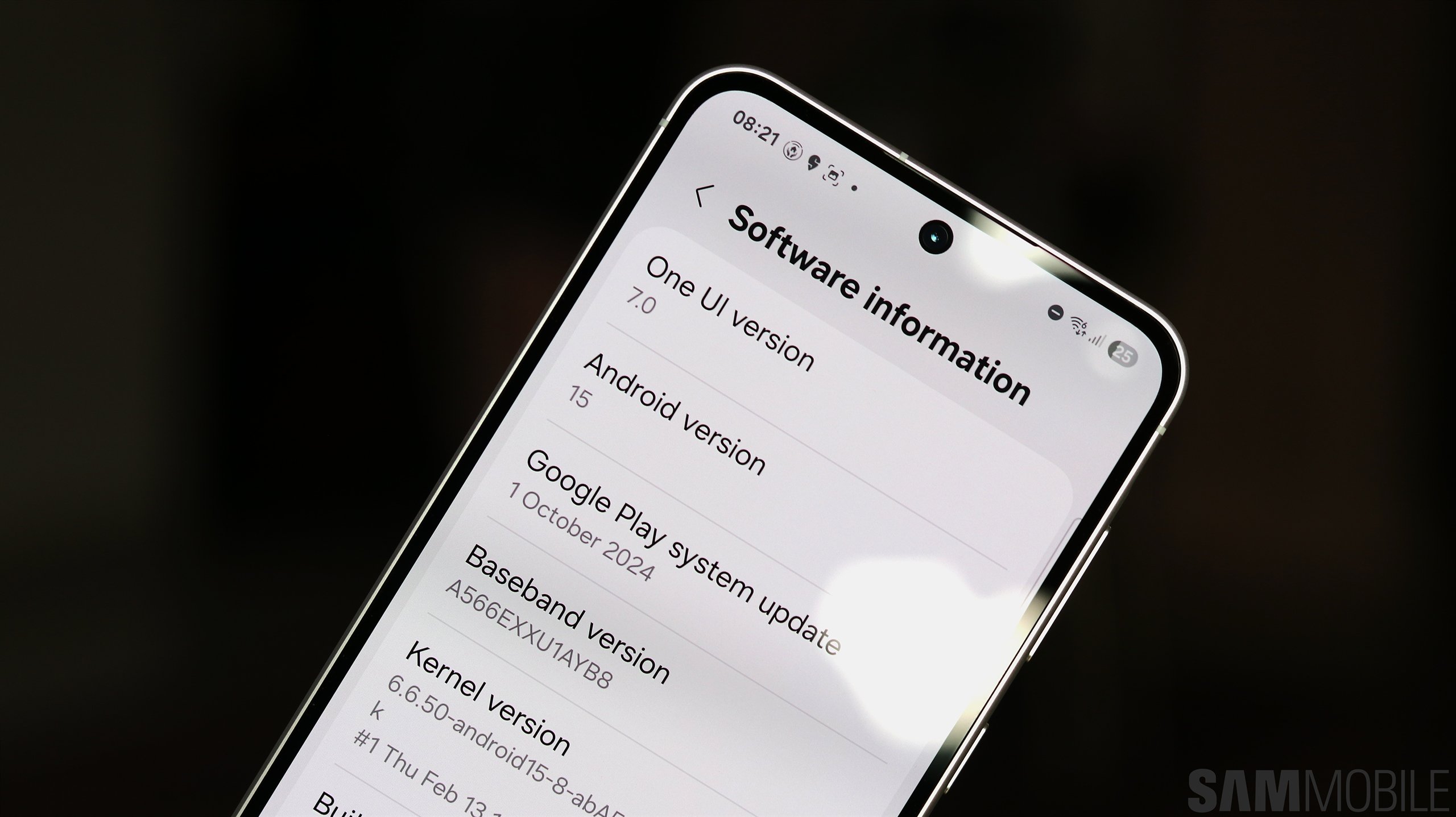
Samsung has made no secret of the fact that it views foldable smartphones as the future of the industry. Such is the company's belief in this future that it axed the very popular Galaxy Note series in favor of the foldables. It couldn't possibly fit three Galaxy S flagships, two foldable flagships and two Galaxy Note flagships in its release cycle. Something had to give and that something was the beloved Note series.
The company and its affiliates had been working on foldable technology for years before the first Galaxy Fold was unveiled in 2019. That device was more of a proof of concept and the company followed it up with proper models the following year, bringing us the first Galaxy Z Flip and Galaxy Z Fold devices. However, their launch couldn't have come at a worse time, as the world soon found itself in the grip of the pandemic. Suddenly, people no longer felt comfortable spending $1,000 or more for smartphones on a whim.
This challenging market situation continued in 2021 as well even while the world slowly opened back up again. Such was the state of people's finances that they were clamping down on unnecessary purchases as fears of a resurgence of the pandemic continued to loop. Things only started to look up gradually in 2022 but as conflicts sparked up, the world found itself looking at recession in the face.
2023 was marginally better, even as inflation peaked in major markets and a recession was never fully written off. Despite these challenging conditions in the market, Samsung has continued to grow its foldable smartphone sales, as people become more convinced that these devices can truly replace their daily drivers. A lot of it has to do with the work Samsung has done to address concerns of durability, particularly with the foldable panel and the hinge. Last year's Galaxy Z Flip 5 and Galaxy Z Fold 5 are undoubtedly two of the most durable foldable phones on the market.
Samsung is hoping to sell 20 million foldable phones in 2024. While that figure is a drop in the bucket compared to the hundreds of millions of conventional phones it sells in any given year, it continues to show a sustained increase in demand for Samsung's foldables. However, in the grand scheme of things, foldabes only account for a tiny fraction of the global smartphone market.
Of the 1.2 billion smartphone sales expected in 2023, only 16 million were of foldable phones, according to estimates by Counterpoint Research. That's a paltry 1.3% and that figure of 16 million includes foldable phones by not just Samsung but other manufacturers as well. Samsung does continue to enjoy the first mover advantage, though, as it accounts for 73% of the entire foldable phone market.
Competition is raging and now threatens the company's dominance in the market. Major Chinese manufacturers like Huawei, OnePlus, Oppo, Vivo, Xiaomi, etc have all come out with foldable phones. They're seeing great demand in their home market of China, where Samsung's presence is almost non-existent, and are also actively pursuing Samsung in markets across Asia, Europe, Middle East, and North Africa.
Even though its foldables are objectively better than what the competition is coming out with, that doesn't take care of Samsung's biggest challenge, getting the vast majority of people to give up their conventional phones in favor of a foldable device. Samsung's 2024 New Year's resolution must surely be to get those billion or so people that buy new phones each year to try a Galaxy Z device instead.
Analysts believe that the biggest challenge is convincing people to buy foldables at a premium price tag while disregarding their concerns about the durability of the foldable screens and mechanical hinges. Despite everything it has done in this department, Samsung still has a ways to go before a lot more people feel comfortable about making the switch.
Samsung is doing as much as it can to limit the price risk for new customers. It routinely offers amazing deals through its website where the cost to buy a Galaxy Z Fold 5 may come down to as little as a few hundred dollars if you're trading in an existing device. The already decent $999 price tag of the Galaxy Z Flip 5, when coupled with its amazing offers, is often a no-brainer to pick up.
Ultimately, the company needs the foldable form factor to provide customers with value beyond the ability to fold in half. It should continue to develop new and interesting software features that take full advantage of this unique form factor so that it becomes abundantly clear to customers that these devices can do things that their regular phones can't, even if both have the same specs and run the same Android version.
Would that be enough to raise foldable phone sales by several multiples in the coming years? How soon could we see Samsung hitting 100 million units of foldables sold in a single year, assuming that it's able to hit its goal of 20 million units in 2024? One could argue that Samsung may need to expand the lineup to achieve that.
While there is an argument to be made about more affordable foldables, it would only truly be effective if it succeeds in convincing people that making the switch is worth it. Perhaps the company gives its current strategy a few more years to lay the groundwork for a mass market push that follows down the line.
Either way, Samsung does have its work cut out. Convincing a billion people to rethink what a smartphone can be, when most have only known one form factor for most of their lives, is a herculean task. Let's hope Samsung has better results sticking with this New Year's resolution than most of us will have with our resolution of going to the gym more frequently.















